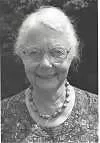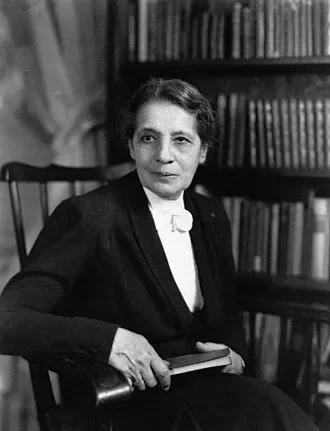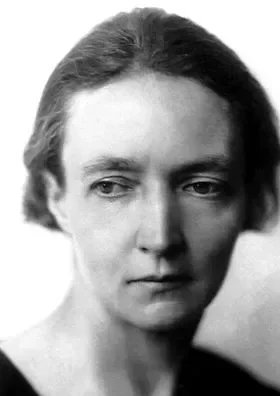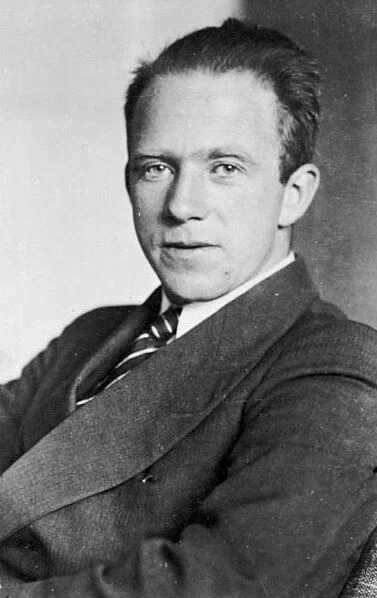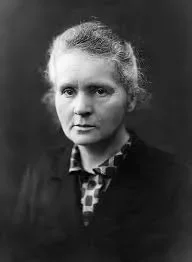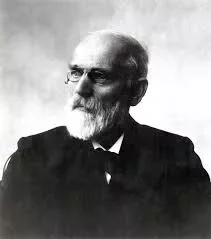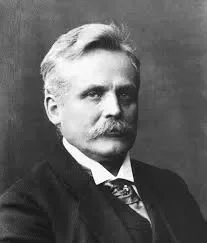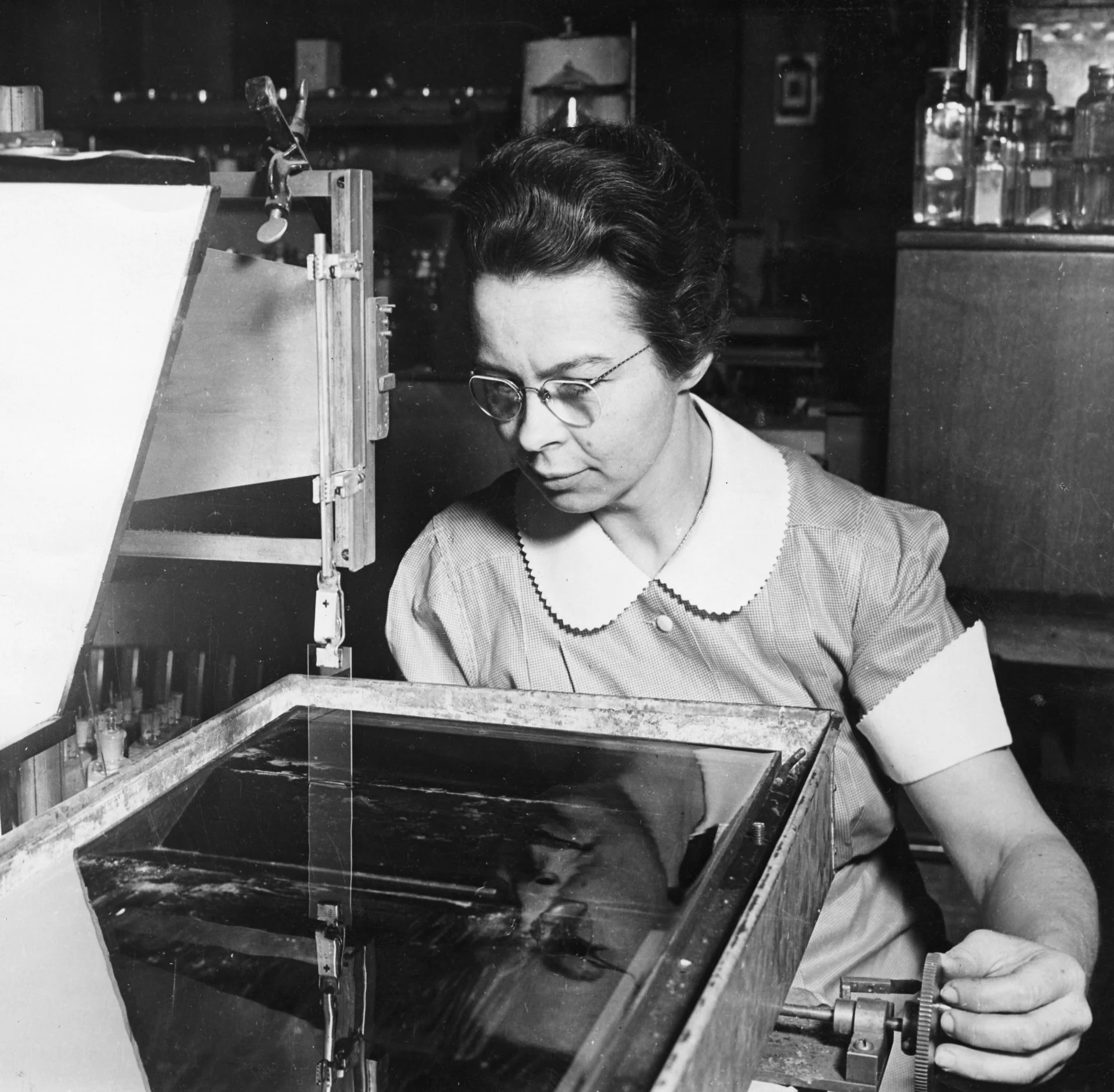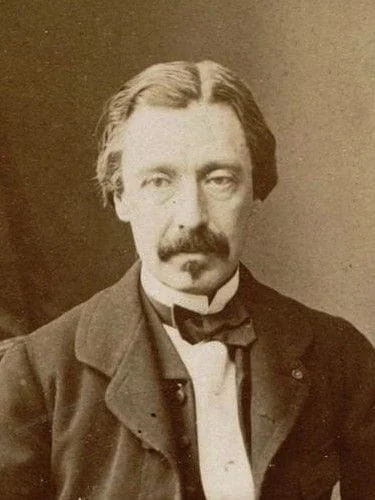Real Celebrities Never Die!
OR
Search For Past Celebrities Whose Birthday You Share
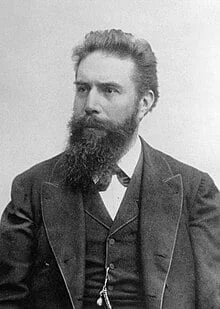
source:https://www.discoverwalks.com
Wilhelm Röntgen
Birthday:
27 Mar, 1845
Date of Death:
10 Feb, 1923
Cause of death:
Colorectal cancer
Nationality:
PrussianStatelessGerman
Famous As:
Mechanical engineer
Age at the time of death:
77
Introduction to Wilhelm Röntgen
Wilhelm Röntgen was a German mechanical engineer and physicist famous for discovering the X-rays or Röntgen rays, a remarkable achievement in the field of physics. His contributions earned him the Nobel Prize in Physics in 1901.
Early Life and Education
Röntgen was born on March 27, 1845, in Lennep, Kingdom of Prussia, in present-day Germany. He came from a modest family and was the son of Friedrich Conrad Röntgen, a merchant and cloth manufacturer, and Charlotte Constanze Frowein.
The family moved to the Netherlands when Röntgen was three. He attended a boarding school in Apeldoorn, Netherlands, and later enrolled at Utrecht Technical School in Utrecht, Netherlands. Unfortunately, due to some complications, Röntgen did not receive his high school diploma and could not attend Utrecht University in the Netherlands. However, he learned that he could enter the Federal Polytechnic Institute in Zurich. By passing the entrance examination, he enrolled as a student of mechanical engineering. In 1869, he graduated and received his Ph.D. from the University of Zurich.
Academic Career
Wilhelm Röntgen held various academic positions and later became a professor of physics at the University of Giessen in 1879. In 1888, he secured a physics chair at the University of Würzburg, and in 1900, at the request of the Bavarian government, he took a position at the University of Munich.
Discovery of X-Rays
Röntgen made his most groundbreaking discovery of the X-rays in 1895 while experimenting with a vacuum tube. He speculated about a new type of ray after observing a fluorescent effect on a screen painted with barium platinocyanide exposed to cathode rays, which he temporarily called the “X-rays.”
His discovery led to advancements in the fields of physics and medicine. Röntgen conducted his tests and experiments in secret and produced the first radiograph on his wife’s hand. In 1895, he published his findings in the paper “On A New Kind of Rays.” This discovery brought him international recognition and prominence.
Wilhelm Röntgen's Quote's
Recognition and Honors
Röntgen’s discovery and contributions to the field of physics earned him numerous honors and awards. He was awarded the honorary Doctor of Medicine degree from the University of Würzburg. In 1901, he received the first Nobel Prize in Physics for the discovery of X-rays.
Legacy and Death
Wilhelm Conrad Röntgen died on February 10, 1923, in Munich, due to colorectal cancer, at the age of 77. Today, Röntgen is known as the father of radiology for revolutionizing medical imaging.
Name:
Wilhelm Röntgen
Popular Name:
Wilhelm Röntgen
Gender:
Male
Cause of Death:
Colorectal cancer
Spouse:
Place of Birth:
Lennep, Kingdom of Prussia, German Confederation
Place of Death:
Munich, Bavaria, Weimar Republic
Occupation / Profession:
Personality Type
Virtuoso: Bold and practical experimenters, masters of all kinds of tools. He possessed a curious mind and a talent for hands-on work.
A radioactive element namely roentgenium was named after Röntgen.
He took the first radiograph of his wife’s hand.
Wilhelm Röntgen was the first individual to win a Nobel Prize in physics.
Elliott Cresson Medal
Barnard Medal
Rumford Medal
Nobel Prize in Physics
Matteucci Medal

